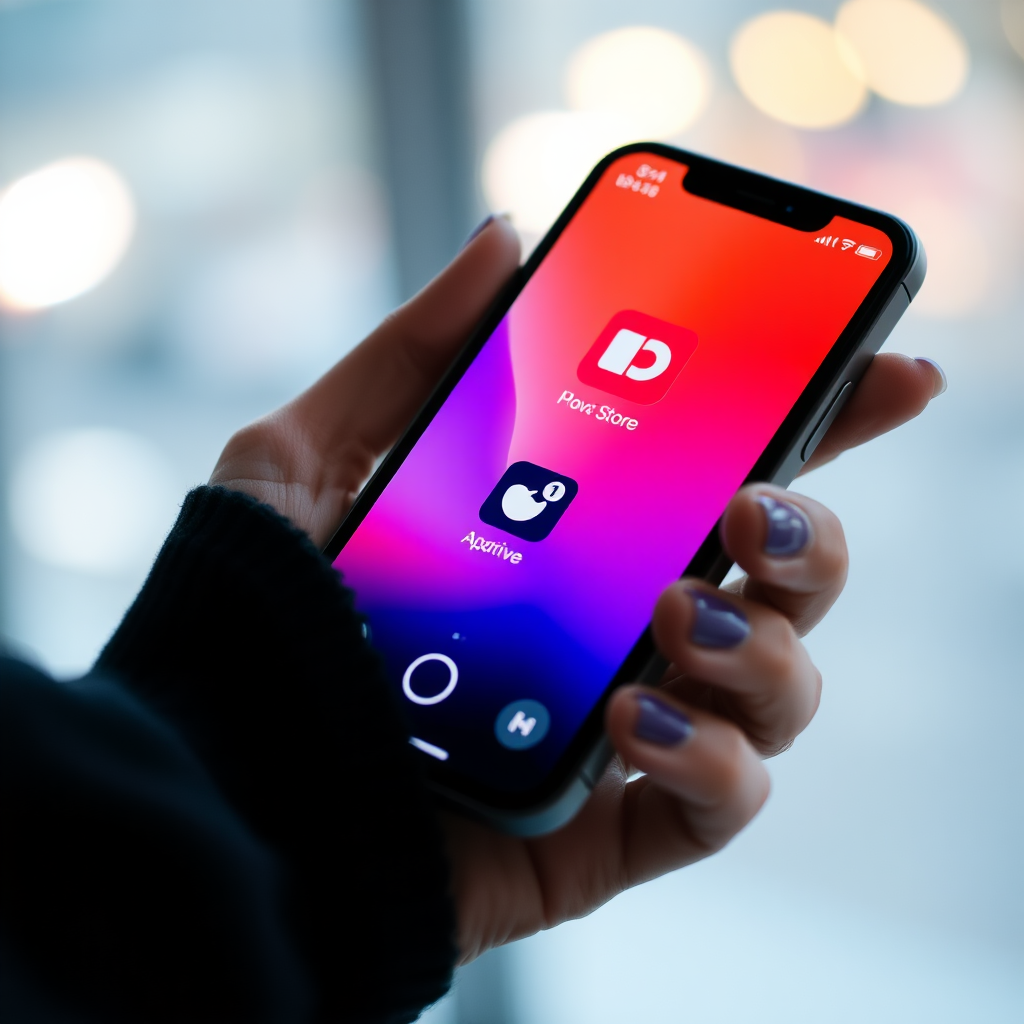In today’s fast-paced world, keeping track of various aspects of our lives has become increasingly important. From monitoring fitness activities to locating misplaced items, tracking apps have emerged as indispensable tools for iPhone users. This comprehensive guide will walk you through the reasons why you should use a tracking app, how to effectively utilize one, and explore some practical use cases.

Why Use a Tracking App on Your iPhone?
- Fitness and Health Monitoring: Track your daily steps, distance traveled, calories burned, and even monitor your heart rate using various fitness tracking apps like Apple Health, Fitbit, or Nike Run Club. These apps help you stay motivated and maintain a healthy lifestyle by providing valuable insights into your physical activities.
- Location Tracking for Personal Safety: Apps like Find My Friends allow you to share your real-time location with trusted contacts, ensuring they can keep track of where you are, especially during long trips or late-night outings. This feature enhances personal safety and provides peace of mind.
- Finding Misplaced Items: With the help of tracking apps like Tile or AirTag, you can attach small devices to valuable items like keys, wallets, or bags and use your iPhone to locate them if they go missing. These apps utilize Bluetooth technology and crowdsourcing to pinpoint the last known location of your item.
- Time Tracking for Productivity: Apps such as Toggl Track or Hours allow you to monitor how much time you spend on various tasks and projects, helping you optimize your productivity and manage your schedule more effectively. This data can also be used to invoice clients accurately when working freelance or consulting.
How to Use a Tracking App on Your iPhone:
- Download and Install: Start by searching for the desired tracking app in the Apple App Store and tapping “Get” followed by “Install.” Once installed, open the app and follow the setup instructions, which may include creating an account or granting necessary permissions like access to your location or health data.
- Configure Settings: Customize the app’s settings according to your preferences. This could involve setting up alerts for specific events (e.g., step goals), adjusting privacy controls, or configuring syncing with other devices or services.
- Connect Additional Devices: Some tracking apps require you to connect compatible devices, such as smartwatches or external trackers. Follow the app’s guidance to pair these devices with your iPhone and ensure they are properly synced for accurate data collection.
- Start Tracking: Once everything is set up, initiate the tracking feature by tapping the corresponding button within the app. For fitness tracking, this might be pressing “Start Workout” or “Begin Activity.” For location tracking, you may need to enable background location services in your iPhone settings.
- Monitor and Analyze Data: As you go about your day, the app will collect data on the specified metrics. Regularly check the app’s dashboard or analytics section to view graphs, charts, or summaries of this information. Use these insights to make informed decisions, adjust behaviors, or set new goals.
Use Cases for Tracking Apps:
- Fitness Goals: Whether you’re training for a marathon, trying to lose weight, or simply aiming to be more active, tracking apps can help you stay on track by providing detailed reports on your workouts and progress over time. Set specific goals within the app and celebrate milestones as you achieve them.
- Productivity Improvement: For freelancers, remote workers, or small business owners, tracking apps can revolutionize how you manage your time. Use them to log hours spent on client projects, billable activities, or personal tasks. Analyze this data to identify areas where you can streamline processes and boost productivity.
- Family Safety and Coordination: Share your location with family members using Find My Friends or similar apps to stay connected and coordinate meetups easily. This feature is especially useful when traveling together or in emergency situations where everyone needs to be accounted for quickly.
- Asset Management: Attach tracking devices like AirTags to high-value items such as bicycles, laptops, or expensive electronics. If these items are ever lost or stolen, use the associated app to locate them and recover your property.
Tracking apps offer a wealth of benefits for iPhone users, from enhancing personal safety and fitness to improving productivity and asset management. By following this comprehensive guide on why to use a tracking app, how to set it up effectively, and exploring various practical use cases, you’re well-equipped to harness the power of these tools to elevate your daily life.

